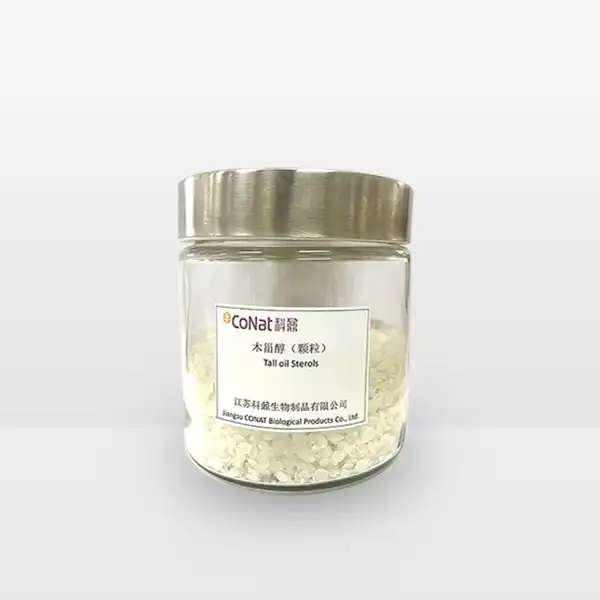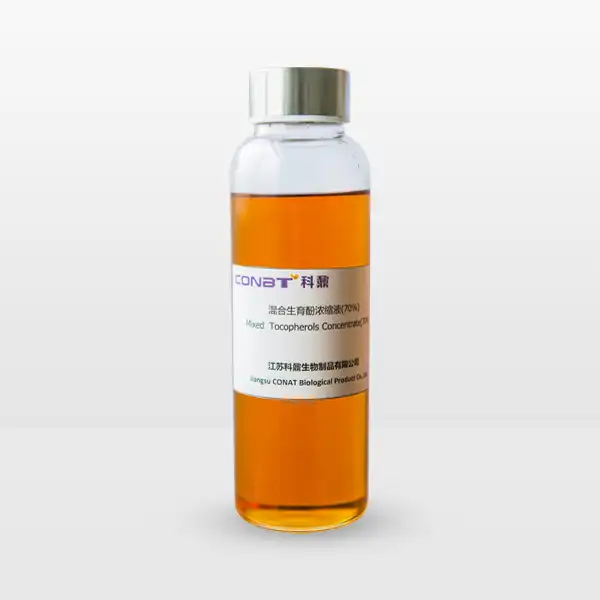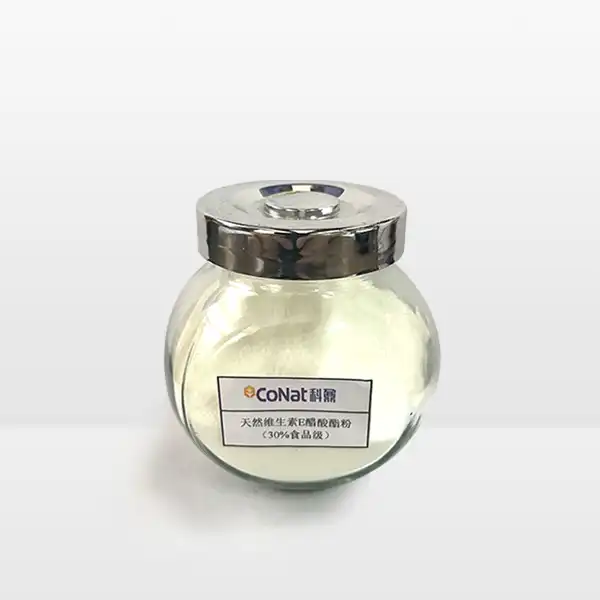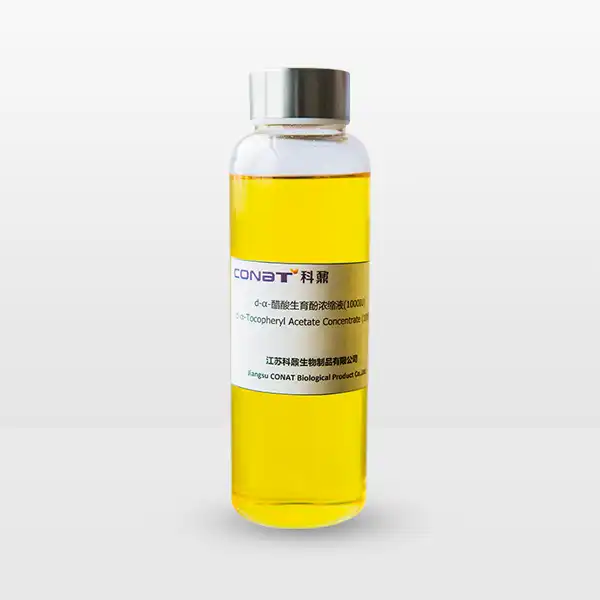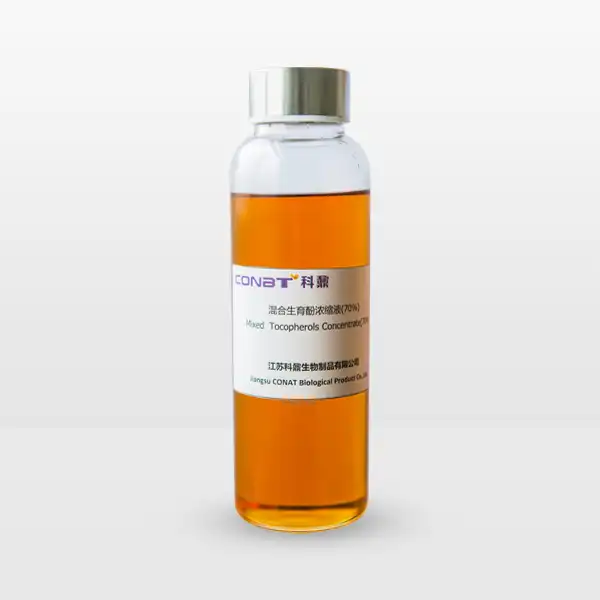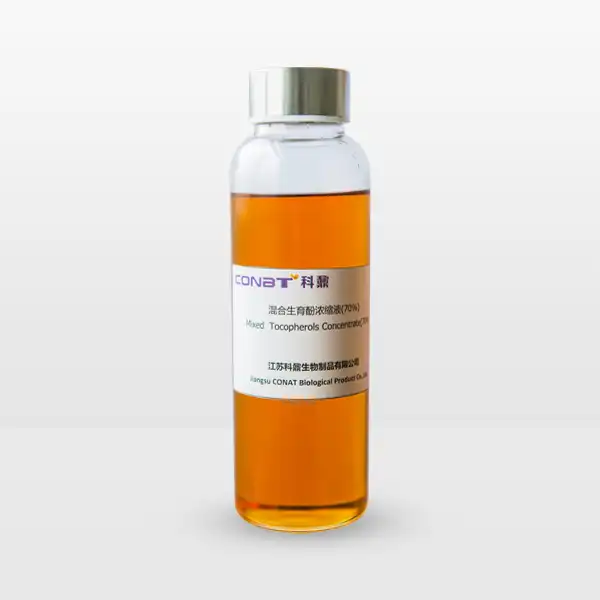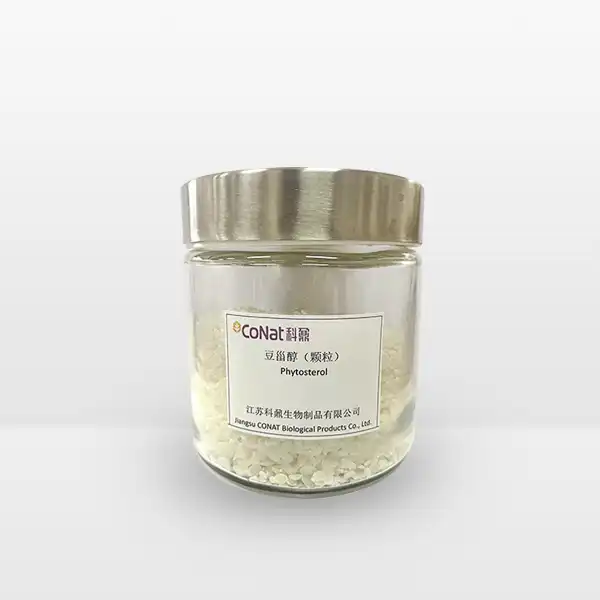- English
- French
- German
- Portuguese
- Spanish
- Russian
- Japanese
- Korean
- Arabic
- Greek
- German
- Turkish
- Italian
- Danish
- Romanian
- Indonesian
- Czech
- Afrikaans
- Swedish
- Polish
- Basque
- Catalan
- Esperanto
- Hindi
- Lao
- Albanian
- Amharic
- Armenian
- Azerbaijani
- Belarusian
- Bengali
- Bosnian
- Bulgarian
- Cebuano
- Chichewa
- Corsican
- Croatian
- Dutch
- Estonian
- Filipino
- Finnish
- Frisian
- Galician
- Georgian
- Gujarati
- Haitian
- Hausa
- Hawaiian
- Hebrew
- Hmong
- Hungarian
- Icelandic
- Igbo
- Javanese
- Kannada
- Kazakh
- Khmer
- Kurdish
- Kyrgyz
- Latin
- Latvian
- Lithuanian
- Luxembou..
- Macedonian
- Malagasy
- Malay
- Malayalam
- Maltese
- Maori
- Marathi
- Mongolian
- Burmese
- Nepali
- Norwegian
- Pashto
- Persian
- Punjabi
- Serbian
- Sesotho
- Sinhala
- Slovak
- Slovenian
- Somali
- Samoan
- Scots Gaelic
- Shona
- Sindhi
- Sundanese
- Swahili
- Tajik
- Tamil
- Telugu
- Thai
- Ukrainian
- Urdu
- Uzbek
- Vietnamese
- Welsh
- Xhosa
- Yiddish
- Yoruba
- Zulu
How Do You Store Mixed Tocopherols Concentrate?
Mixed Tocopherols Concentrate is a valuable natural antioxidant widely used in the food, pharmaceutical, and cosmetic industries. Derived from various vitamin E sources, primarily vegetable oils, this complex mixture of tocopherol isomers plays a crucial role in preserving product quality and extending shelf life. Proper storage is paramount to maintain its potency, effectiveness, and overall chemical integrity. Understanding the nuanced requirements for storing Mixed Tocopherols Concentrate can significantly impact its performance and utility across multiple applications.
Are There Specific Storage Conditions for Mixed Tocopherols Concentrate?
Mixed Tocopherols Concentrate is a sensitive compound that demands meticulous storage considerations to preserve its chemical composition and antioxidant properties. The primary objective of proper storage is to minimize degradation and maintain the concentrate's optimal functional characteristics. Temperature emerges as the most critical factor in this preservation process.
Ideally, Mixed Tocopherols Concentrate should be stored at controlled temperatures ranging between 10°C to 25°C (50°F to 77°F). This temperature range prevents molecular structural changes and minimizes the risk of oxidation. Industrial and research settings often employ specialized storage facilities with precise temperature control mechanisms to ensure consistency. Extreme temperatures can trigger molecular rearrangements and accelerate chemical breakdown, compromising the concentrate's effectiveness.
Humidity control represents another pivotal aspect of storage management. Moisture exposure can initiate hydrolysis processes, potentially degrading the tocopherol molecules and reducing their antioxidant capabilities. Recommended relative humidity levels should remain below 60%, with some specialized formulations requiring even stricter moisture control. Manufacturers often package Mixed Tocopherols Concentrate in moisture-resistant containers made from materials like high-density polyethylene or specialized laminated packaging that provides an additional barrier against environmental moisture.
Light exposure presents another significant challenge in storing Mixed Tocopherols Concentrate. Ultraviolet and visible light can catalyze photochemical reactions that compromise the molecular structure of tocopherols. Consequently, storage areas should minimize direct light exposure, utilizing amber or dark-colored containers that provide light protection. Some advanced storage solutions incorporate UV-blocking packaging materials or store the concentrate in opaque containers within controlled environments.
Oxygen interaction is perhaps the most critical factor threatening the stability of Mixed Tocopherols Concentrate. Tocopherols are inherently susceptible to oxidation, which can rapidly diminish their antioxidant properties. Professional storage strategies typically involve nitrogen or inert gas flushing techniques to displace oxygen within storage containers. Vacuum-sealed packaging and specialized container designs with minimal headspace further mitigate oxygen-related degradation risks.
What Factors Affect the Stability of Mixed Tocopherols?
The stability of Mixed Tocopherols Concentrate is a complex interplay of multiple environmental and chemical factors. Understanding these intricate interactions provides crucial insights into maintaining the concentrate's optimal performance across various industrial applications.
Chemical composition stands as the foundational element determining tocopherol stability. Mixed Tocopherols Concentrate typically contains different isomers—alpha, beta, gamma, and delta tocopherols—each exhibiting unique chemical behaviors. Alpha-tocopherol, the most common form of vitamin E, demonstrates relatively higher stability compared to other isomers. However, the collective interaction of these isomers creates a delicate molecular ecosystem sensitive to external influences.
Molecular interactions with other compounds significantly impact stability. Presence of metal ions, particularly transition metals like iron and copper, can accelerate oxidative processes. Professional storage protocols often recommend using chelating agents or maintaining an environment with minimal metal contamination. Some advanced preservation techniques involve adding secondary antioxidants that synergistically enhance the protective capabilities of Mixed Tocopherols Concentrate.
Oxygen exposure remains the most destructive factor affecting tocopherol stability. Oxidation processes initiate free radical generation, which progressively breaks down the molecular structure of tocopherols. Advanced storage methodologies employ nitrogen blanketing, where inert nitrogen gas displaces oxygen within storage containers. This technique creates an anaerobic environment that substantially reduces oxidative degradation rates.
Trace impurities can dramatically influence stability dynamics. Manufacturing processes must adhere to stringent quality control standards to minimize contaminant introduction. Chromatographic analysis and spectroscopic techniques help identify and quantify potential impurities that might compromise the concentrate's long-term stability.
Temperature fluctuations represent another critical stability determinant. While maintaining a consistent temperature range is essential, rapid temperature cycling can induce molecular stress. Professional storage facilities utilize sophisticated climate control systems that minimize temperature variations, ensuring a stable thermal environment for Mixed Tocopherols Concentrate.
How Can You Prevent Oxidation of Mixed Tocopherols Concentrate?
Preventing oxidation in Mixed Tocopherols Concentrate requires a multifaceted approach integrating advanced storage technologies, strategic packaging solutions, and proactive preservation techniques. The goal is to create an environment that minimizes molecular interactions capable of triggering oxidative degradation.
Packaging technology plays a pivotal role in oxidation prevention. Modern packaging solutions incorporate multilayer barrier materials designed to block oxygen and moisture transmission. Specialized laminated films with aluminum or metallized layers provide exceptional protection against environmental interactions. Some advanced packaging designs include oxygen scavenger technologies that actively remove trace oxygen molecules, creating an ultra-low oxygen environment.
Antioxidant synergy emerges as another sophisticated oxidation prevention strategy. While Mixed Tocopherols Concentrate itself serves as an antioxidant, incorporating complementary antioxidant compounds can enhance overall stability. Substances like rosemary extract, ascorbic acid, and synthetic antioxidants can be strategically added to create a comprehensive protective molecular network.
Controlled atmosphere storage represents a cutting-edge approach to oxidation prevention. This technique involves replacing traditional atmospheric conditions with precisely managed gas compositions. Nitrogen or argon environments with carefully controlled oxygen levels can dramatically reduce oxidative processes. Specialized storage containers equipped with real-time oxygen sensors enable continuous monitoring and immediate intervention if oxidation risks emerge.
Regular analytical monitoring forms another critical component of oxidation prevention. Advanced analytical techniques like high-performance liquid chromatography (HPLC) and gas chromatography allow precise tracking of tocopherol degradation. These methods provide quantitative insights into molecular changes, enabling proactive storage strategy adjustments.
Manufacturing and handling protocols significantly influence oxidation susceptibility. Minimizing mechanical stress, reducing exposure time during transfer processes, and maintaining stringent cleanliness standards can substantially mitigate oxidation risks. Personnel training in proper handling techniques becomes equally important in maintaining the concentrate's molecular integrity.
Conclusion
Effective storage of Mixed Tocopherols Concentrate demands a holistic approach integrating advanced technological solutions, scientific understanding, and meticulous preservation strategies. By implementing comprehensive storage protocols, industries can maximize the potential of this remarkable natural antioxidant.
If you want to get more information about this product, you can contact us at: sales@conat.cn.
References
1. Shahidi, F., & Zhong, Y. (2010). Lipid Oxidation and Improving the Oxidative Stability. Chemical Society Reviews, 39(11), 4067-4079.
2. Kamal-Eldin, A., & Appelqvist, L. A. (1996). The Chemistry and Antioxidant Properties of Tocopherols and Tocotrienols. Lipids, 31(7), 671-701.
3. Schneider, C. (2005). Chemistry and Biology of Vitamin E. Molecular Nutrition & Food Research, 49(1), 7-30.
4. Dutta, P. C. (2002). Vitamin E Content and Antioxidant Properties of Vegetable Oils. European Journal of Lipid Science and Technology, 104(5), 315-330.
5. Bramley, P. M. (2000). Is Lycopene Beneficial to Human Health? Phytochemistry, 54(3), 233-236.
6. Amarowicz, R., et al. (2004). Antioxidant Activity of Crude Extracts from Legume Seeds. European Journal of Lipid Science and Technology, 106(1), 36-42.
7. Choe, E., & Min, D. B. (2006). Mechanisms of Antioxidants in the Oxidation of Foods. Comprehensive Reviews in Food Science and Food Safety, 5(4), 23-43.
8. Frankel, E. N. (1980). Lipid Oxidation. Progress in Lipid Research, 19(1-2), 1-22.
9. Porter, N. A., et al. (1995). Chemistry of Lipid Peroxidation. Methods in Enzymology, 233, 302-316.
10. Kubow, S. (1993). Routes of Lipid Peroxidation in Biological Systems. Advances in Lipid Research, 24, 165-189.
